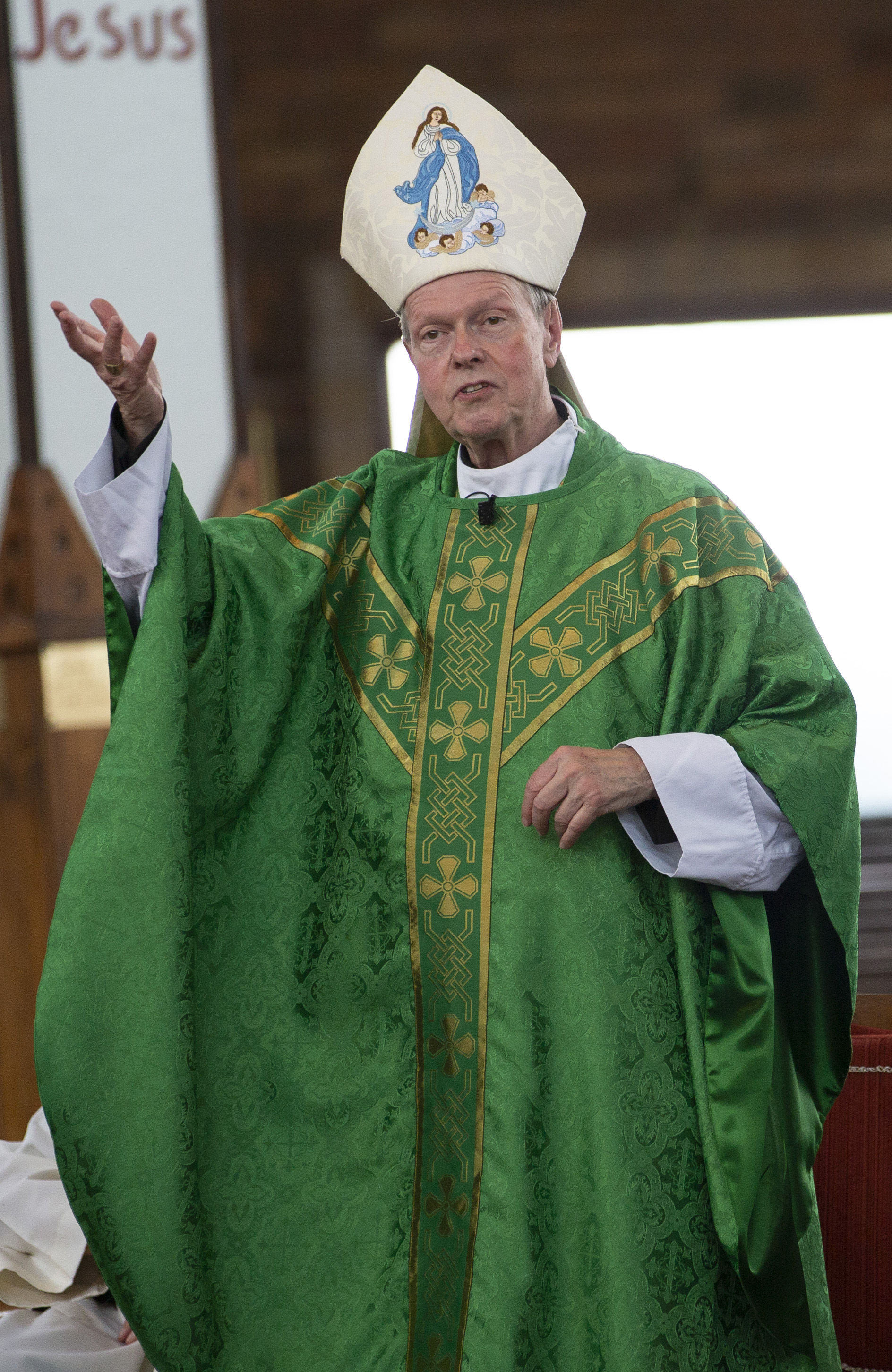February 17, 2021 at 4:24 p.m.
There are two ways we can look at human nature: either inherently good or inherently evil. Catholic theology has always taken the approach that human nature is inherently good. The Church’s teachings on good and evil come originally from the theology of St. Augustine. St. Augustine based his theological teachings of good and evil on the philosophy of Plato. Plato said that people are inherently good and that the evil that people commit is out of ignorance; meaning that evil cannot live within the human person because we have been made inherently good. St. Augustine in his writings on good and evil took the philosophy of Plato and built the Church’s theology on the nature of good and evil. Augustine said: “Something was considered bad or evil because it lacked the qualities for it to be allowed good.” Simply put, the absence of good is not nothingness but rather that which would be considered bad or evil.
Using the philosophy of Plato and the theology of St. Augustine that are the underpinning of the Church’s teaching that human nature is inherently good, we can understand with greater clarity why God makes not one, not two, but five different covenants with humanity; the last and once-and-for-all covenant being the New Covenant which comes from Jesus’ suffering and death on the cross. This covenant replaces all other covenants.
Before we go any further let us review the other four covenants. The first covenant was with Noah and we hear of this covenant in the first reading from Genesis 9:8-15 on the First Sunday of Lent: “I will establish my covenant with you, that never again shall all bodily creatures be destroyed by the waters of a flood.” God goes on to say to Noah that he would give a sign for this covenant: “This is the sign that I am giving for all ages to come, of the covenant between me and you and every living creature with you; I set my bow in the clouds to serve as a sign of the covenant between me and the earth.” This covenant prefigures baptism which is our sharing in the once-and-for-all covenant we receive in Jesus’ suffering and death on the cross.
We have become familiar once again with the covenant he made with Moses due to the pandemic. We read the quote from Genesis 9: 8-15 and we see the rainbow which God placed in the sky displayed, all to remind us that God never goes back on his word.
The second covenant that God makes with humanity is the covenant that he makes with Abraham and his descendants. The third covenant is the Mosaic covenant which God gives his chosen people at Mount Sinai when Moses receives the Ten Commandments, the Law. The fourth covenant is the Davidic covenant which is the promise God makes to David that his descendants will sit on the royal throne of Israel. The final descendent who sits on that throne is Jesus Christ just as the Gospel of Matthew tells us in the genealogy that Jesus is a descendant in the line of David and, just as throughout Scripture Jesus is proclaimed Son of David, this covenant is just like the other three which prefigure the coming of Jesus Christ. This is the once-and-for-all covenant that God makes with humanity through Christ’s passion, death and resurrection.
If humanity were inherently evil, would God have gone through the problem to make an everlasting covenant? The Church’s teaching on the nature of good and evil says that evil comes from deprivation rather than depravity. Jesus’ own battle with Satan in the desert reflects this understanding: “He remained in the desert for forty days, tempted by Satan. He was among wild beasts, and the angels ministered to him.” (Mark 1:12-15) The goodness of human nature is seen in the fact that fallen humanity can be saved. Jesus Christ comes to raise up fallen humanity. “Jesus came to Galilee proclaiming the gospel of God: This is the time of fulfillment. The kingdom of God is at hand. Repent and believe in the gospel.” If human nature were not inherently good, we would not be able to repent.
The second reading from first Letter of Peter 3:18-22 reminds us why we can repent: “Christ suffered for sins once, the righteous for the sake of the unrighteous, that he might lead you to God.” In Platonic philosophy and St. Augustine’s theology on the nature of good and evil, the good cannot be corrupted and God is good and incorruptible and so for us to be able to be united to God, we have to have been made inherently good. As we begin Lent and repent from our sins, we must also remember that we are greatly loved by our God who gives us the ability to be forgiven. The Psalm tells us: “Your ways, O Lord are love and truth to those who keep your covenant.” (Psalm 25:5,6-7,8-9) Above all, it is God who has kept his covenant and has never forgotten his creation, whom God made inherently good.
- Linger in contemplation at the manger with the Holy Family
- Across the world, Christmas shines even — and especially — in the darkest places
- Full text: Pope Leo XIV’s ‘urbi at orbi’ message
- Full text: Pope Leo’s homily on Christmas Day
- Open your hearts to baby Jesus and one another, pope says on Christmas
- Scripture series by popular Catholic speaker offers deep dive into the person of Jesus
- To turn away others is to turn away God, pope says on Christmas Eve
- Arriving at the manger with Caryll Houselander
- Barrett discusses Dobbs decision, Roe’s ‘flawed’ reasoning, life at the court, her faith
- Bishop: To welcome immigrants is to follow God’s ‘divine command’ to care for the stranger








Comments:
You must login to comment.